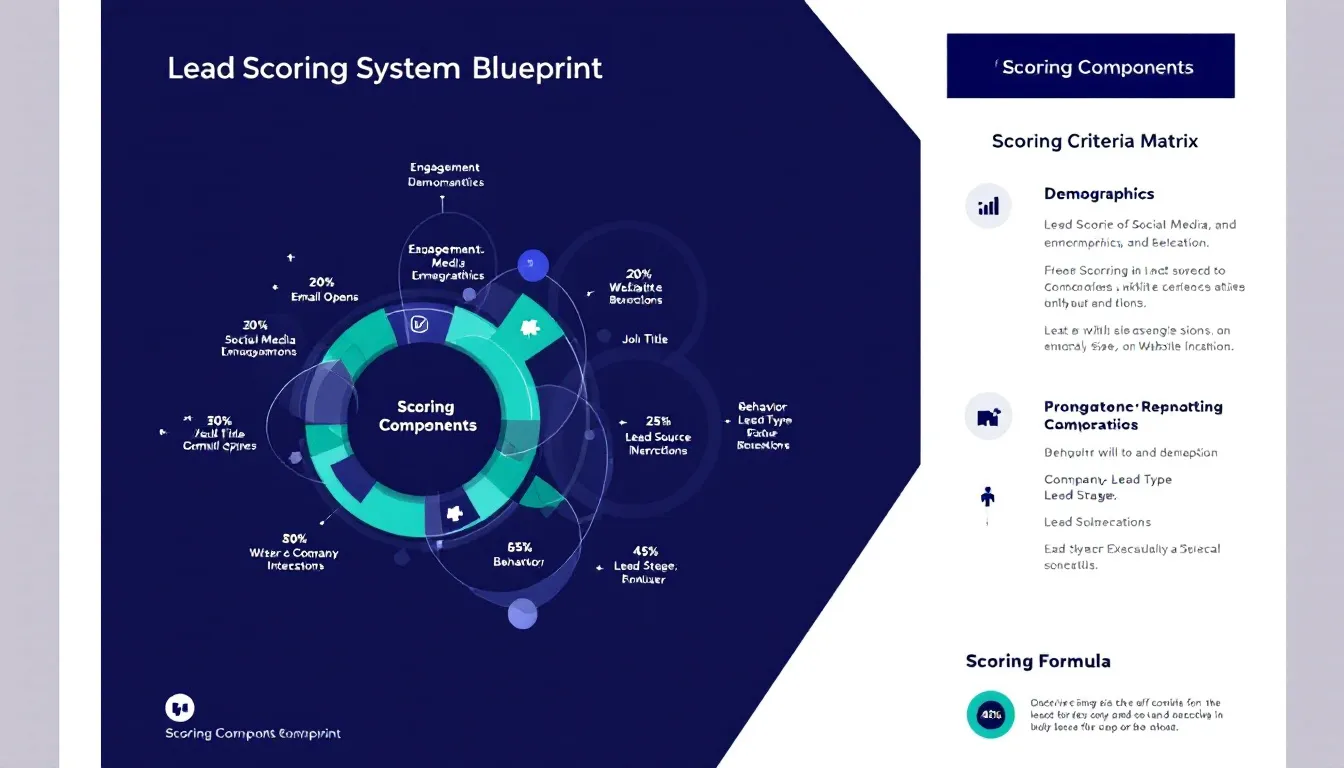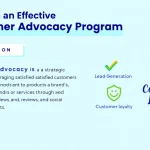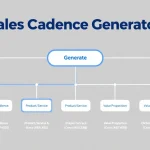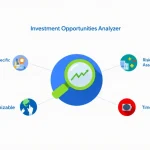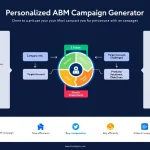Is this tool helpful?
How to Use the Lead Scoring System Calculator Effectively
This calculator helps you prioritize high-value prospects by systematically scoring leads based on their engagement and fit with your business. To get the most accurate results, fill in each field thoughtfully. Here’s how to use each section with practical examples:
1. Define Lead Scoring Criteria
List metrics that reflect actions or behaviors indicating lead quality. Use specific criteria tied to your business goals. For example:
- Whitepaper downloads: 30 points
- Newsletter sign-ups: 10 points
- Webinar attendance: 20 points
- Free trial requests: 25 points
2. Industry or Business Type
Enter your industry to tailor the scoring system based on sector-specific behaviors. Sample inputs:
- Financial Technology (FinTech)
- Online Education Platforms
3. Engagement Metrics Configuration
Define how you measure prospect behavior through engagement channels. Use quantitative values for accurate scoring. Examples include:
- Email open rates: 3 points per open
- Mobile app usage frequency: 7 points per session
- Referral link clicks: 5 points per click
- Support chat interactions: 8 points each
4. Ideal Customer Profile (Optional)
Describe the key characteristics of your target customers to help refine scoring according to fit. Examples:
- Mid-sized retailers with e-commerce operations
- Corporations in the renewable energy sector
5. Customer Pain Points (Optional)
Identify common problems your customers face so you can weigh leads according to their urgency or relevance. Examples:
- High operational costs from manual processes
- Challenge in scaling digital marketing efforts
Understanding the Lead Scoring System Calculator
This tool generates a lead scoring system tailored to your inputs, helping you rank and prioritize prospects effectively. It combines engagement and fit factors using weighted values to produce a comprehensive lead score. The general formula for lead scoring is:
Lead Score Formula:
Where:
- Ei: Engagement metric values (like clicks, downloads)
- Wi: Corresponding engagement weights
- Fj: Fit criteria values (such as industry match, company size)
- Vj: Corresponding fit weights
Practical Usage of the Lead Scoring System Calculator
After submitting your criteria, engagement metrics, and business details, the calculator provides a structured scoring system you can apply in your sales and marketing processes.
Use Cases for Your Sales Team
- Prioritize outreach to leads with the highest scores, improving conversion rates.
- Shorten sales cycles by focusing efforts on prospects who show strong engagement and a good business fit.
- Allocate resources efficiently, directing more attention to leads with greater revenue potential.
Use Cases for Marketing Teams
- Develop targeted campaigns based on high-priority engagement metrics.
- Align lead qualification standards with sales for better cooperation.
- Track and measure the impact of marketing channels on lead quality.
Benefits of Using a Lead Scoring System for Business Growth
1. Boost Sales Efficiency
- Focus on leads most likely to convert, increasing close rates.
- Reduce time spent on low-value prospects.
- Improve ROI by allocating sales resources smartly.
2. Align Marketing and Sales Efforts
- Create a shared understanding of lead quality.
- Smooth handoffs and improve lead nurturing.
- Reduce confusion and improve team collaboration.
3. Data-Driven Lead Management
- Use measurable criteria to score leads objectively.
- Adapt scoring models based on real conversion data.
- Monitor changing customer behaviors and priorities.
Advanced Lead Scoring Strategies to Consider
Include Behavioral Scoring Elements
- Track detailed website interactions such as time on key pages.
- Analyze navigation flow to identify engaged visitors.
- Monitor content downloads, video views, and social media shares.
Integrate Demographic and Firmographic Data
- Use company size, revenue, and industry vertical to refine fit scores.
- Factor in geographic location to target relevant markets.
- Consider job titles or seniority level for key contacts.
Consider Time-Based Factors
- Account for recency and frequency of lead interactions.
- Incorporate seasonal trends and buying cycles.
- Adjust weighting for leads active during budget planning periods.
Frequently Asked Questions About Lead Scoring Systems
What’s the right number of lead scoring criteria?
Typically, including 8 to 12 well-defined criteria balances detail and simplicity. This ensures a comprehensive but manageable scoring model.
How often should I update my lead scoring system?
Review and adjust your scoring criteria quarterly or whenever business goals or customer behaviors change. Regular updates keep your scoring relevant and effective.
Can I customize scores for different products or services?
Yes, customize separate scoring models for various products or service lines. Tailoring your system this way improves accuracy across distinct customer journeys.
How does this tool work with CRM platforms?
You can integrate output from this calculator into many CRMs by mapping scoring fields and automating workflows based on lead scores.
Should different engagement actions carry different scores?
Assign higher weights to actions that indicate stronger buying intent, such as requesting demos or pricing information. Lower scores fit lighter engagements like blog visits.
How can small businesses benefit from lead scoring?
- Focus limited sales resources on the best prospects.
- Identify opportunities quickly and accurately.
- Improve conversions through targeted nurturing.
- Use data to make smarter marketing decisions.
Important Disclaimer
The calculations, results, and content provided by our tools are not guaranteed to be accurate, complete, or reliable. Users are responsible for verifying and interpreting the results. Our content and tools may contain errors, biases, or inconsistencies. Do not enter personal data, sensitive information, or personally identifiable information in our web forms or tools. Such data entry violates our terms of service and may result in unauthorized disclosure to third parties. We reserve the right to save inputs and outputs from our tools for the purposes of error debugging, bias identification, and performance improvement. External companies providing AI models used in our tools may also save and process data in accordance with their own policies. By using our tools, you consent to this data collection and processing. We reserve the right to limit the usage of our tools based on current usability factors.
